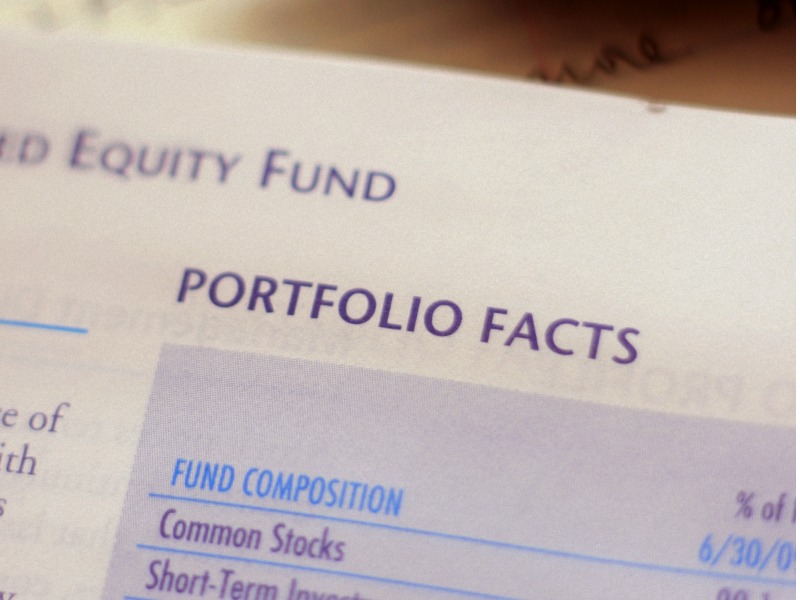
Clients and financial advisors usually take for granted that their investment funds will retain their structure. But what many may not know is that a mutual fund trust can stop being one, which can cause problems if the fund was held in a registered plan.
“It’s not a common occurrence, particularly with a fund from a large fund company,” said Dan Hallett, vice-president of research and principal with HighView Financial Group in Oakville, Ont.
However, Franklin Templeton Canada announced earlier this month that the Franklin Brandywine Global Sustainable Balanced Fund had temporarily lost its status as a mutual fund trust, without stating why.
“The fund was a qualified investment for the 2023 tax year,” said Sarah Kingdon, senior manager of corporate communications with Franklin Templeton, in an email. “In January 2024, it temporarily ceased to qualify as a mutual fund trust under the Income Tax Act (Canada), but it regained its status as both a mutual fund trust and a qualified investment at the end of that month.”
In a release, Franklin Templeton stated that unitholders need not take any action and that it “does not believe that these events will result in any tax liability or filing obligations for any investor who held the fund’s units in a registered plan during January 2024.”
The Income Tax Act (ITA) sets out four conditions for a mutual fund trust: Canadian residency, redeemability of units on demand, investing in certain property only, and having at least 150 separate unitholders that each hold at least $500 worth of units. A mutual fund trust also cannot have been established primarily for the benefit of non-residents.
Michael Friedman, partner, tax, with McMillan LLP in Toronto, said dipping under the 150-unitholder threshold is the most common reason for mutual fund trusts to lose their status. Friedman was commenting generally, not about the Franklin situation.
“Most funds will monitor their numbers and if they drop below 150, they will then take action to try to increase the number of unitholders or, alternatively, wind up the fund before you have adverse consequences for registered plans,” Friedman said.
Fortunately, the ITA accounts for temporary drops, he said: “There’s a deeming rule that says if you’re a mutual fund trust at the beginning of the calendar year and you fall below the 150-unitholder threshold, you’ll be deemed to have remained a mutual fund trust for the balance of the calendar year.”
Generally, this means no adverse tax consequences for the unitholders, he said.
However, when a mutual fund trust loses its status permanently, it ceases to become a qualified investment for the purposes of registered plans, such as RRSPs and TFSAs.
“If an RRSP holds a unit of a mutual fund trust and it ceases to be a mutual fund trust, it’s suddenly a non-qualified investment,” Friedman said. “And there are particularly onerous penalty taxes that apply to the holders of RRSPs or other registered plans that hold non-qualified investments. So it’s a real concern for registered plans.”
An RRSP that acquires or holds a non-qualified investment is subject to a 50% tax on the fair market value of the investment at the time it was acquired or became non-qualified. Income from a non-qualified investment is considered taxable to the RRSP at the highest marginal rate.
The deeming rule can be particularly useful for funds with a drop in unitholders at the beginning of the year, but less useful for drops at the end of the year.
“Say, for instance, you had 150 unitholders until Dec. 30, you would have one day to bring yourself up over the [threshold],” Friedman said.
Further, the rule applies only to the 150-unitholder threshold and not to the other ITA criteria for mutual fund trusts.
“There could be other reasons the fund no longer qualifies, and they could be more problematic,” he said. If most unitholders suddenly become non-residents, for example, “the trust would cease to be a mutual fund trust — and that can’t be remedied.”
The historical reason for the mutual fund trust criteria is probably protective.
“What’s been suggested is the government wants to make sure that our RRSPs have relatively safe and secure investments,” Friedman said. “Having the qualified investment conditions restricts registered plans to investing in funds that are more broadly subscribed, larger or professionally managed.”
But not everyone is sold on the criteria. “A lot of [fund managers] will suggest that it’s a bit of a paternalistic policy on behalf of the government,” he said.